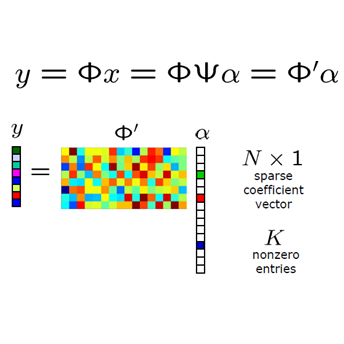Convolutional neural networks (CNN) have emerged as a powerful tool for solving computational imaging reconstruction problems. However, CNNs are generally difficult-to-understand black-boxes. Accordingly, it is challenging to know when they will work and, more importantly, when they will fail. This limitation is a major barrier to their use in safety-critical applications like medical imaging: Is that blob in the reconstruction an artifact or a tumor? In this work we use Stein's unbiased risk estimate (SURE) to develop per-pixel confidence intervals, in the form of heatmaps, for compressive sensing reconstruction using the approximate message passing (AMP) framework with CNN-based denoisers. These heatmaps tell end-users how much to trust an image formed by a CNN, which could greatly improve the utility of CNNs in various computational imaging applications.
翻译:革命性神经网络(CNN)已成为解决计算成像重建问题的有力工具。 然而,CNN一般很难理解黑盒。 因此,很难知道它们何时会起作用,更重要的是何时会失败。 这一限制是它们在医疗成像等安全关键应用中使用的主要障碍:在重建过程中是浮质还是肿瘤?在这项工作中,我们使用斯坦的无偏倚风险估计(SURE)来开发全像信任间隔,以热映射为形式,利用有线电视新闻网的隐士仪的近似信息传递(AMP)框架进行压缩感测重建。 这些热映射告诉最终用户如何信任有线电视新闻网形成的形象,这可以极大地改善CNN在各种计算成像应用中的效用。




